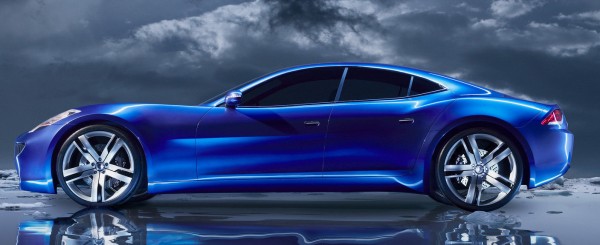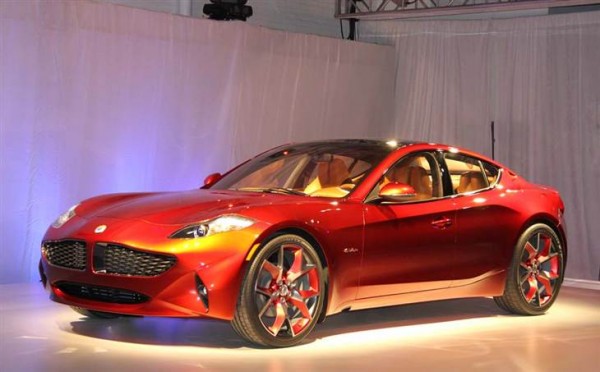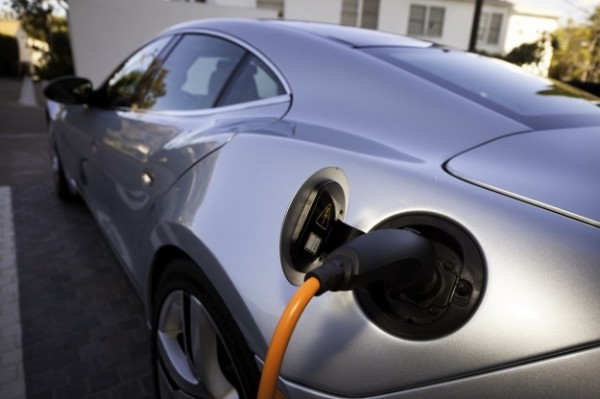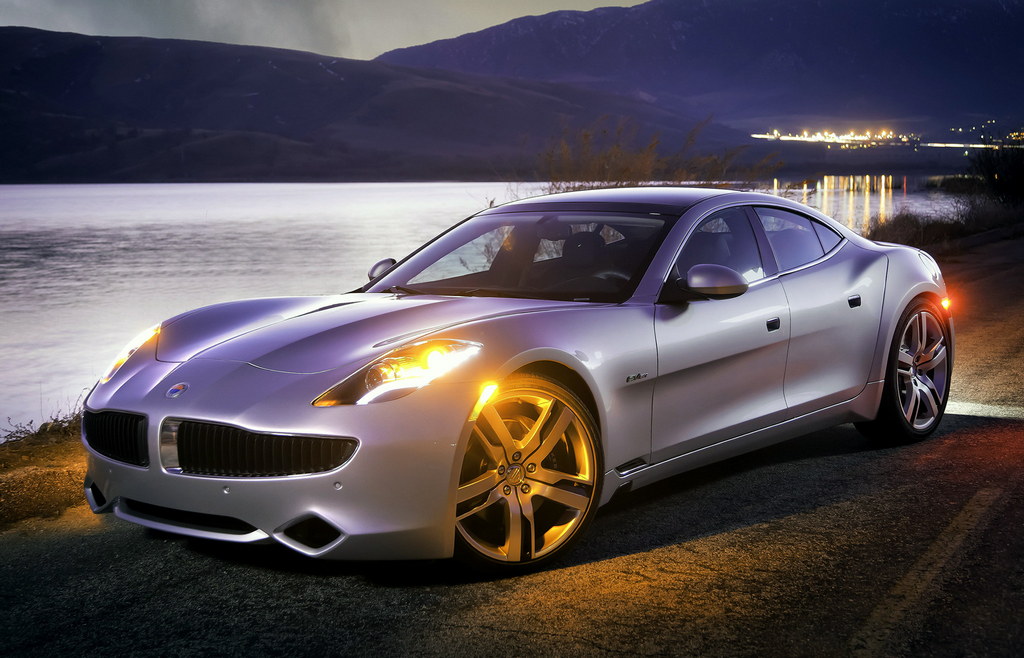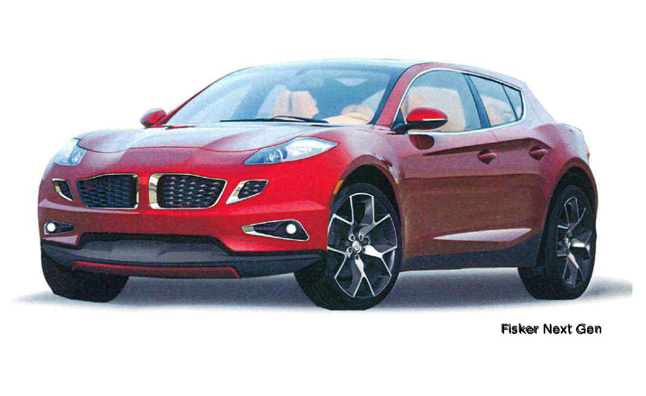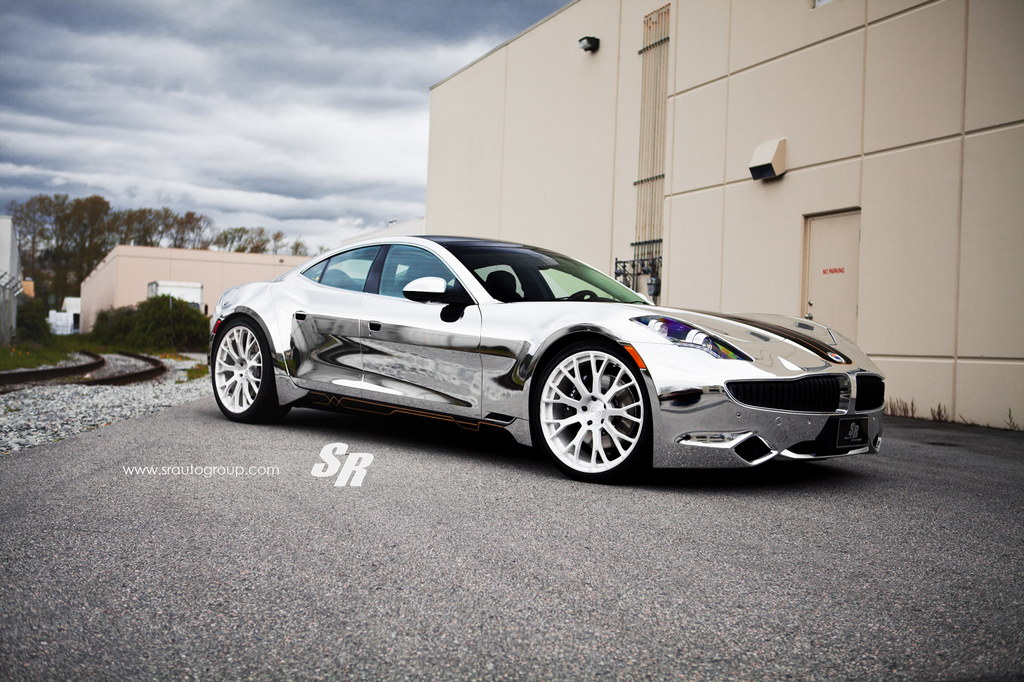Once patronized by A-list celebrities like Leonardo DiCaprio, the cars from Fisker Automotive Inc. are in danger of going the way of the dinosaur, 8-track, and Betamax. On November 22, 2013, the private automaker — based in Anaheim, California — filed for Chapter 11 bankruptcy. It was a new low for Fisker, which had become notable for producing one of the world’s first plug-in hybrid electric vehicles.
Origins
Danish car designer Henrik Fisker had applied his skills to the formulation of super luxury cars like the Aston Martin DB9 and the BMW Z8. Thanks to investments from Italian businessman Gianfranco Pizzuto and Palo Alto Investors, he was able to strike out on his own. Fisker and Bernhard Kohler, who had worked with him at Aston Martin, started the car design firm Fisker Coachbuild in 2005. This outfit was responsible for the two-seat German sports car Artega GT. Two years later, Fisker Coachbuild and the California-based technology design and manufacturing company Quantum Technologies formed Fisker Automotive as a joint venture. The objective was to produce cars using a cutting-edge plug-in hybrid technology called Quantum Drive, which would be developed by Quantum Technologies exclusively for Fisker Automotive.
Karma
The collaboration between Fisker and Quantum produced the Fisker Karma. Revealed at the 2008 North American International Auto Show in Detroit, the car missed its initial late 2009 launch and finally arrived in showrooms across the United States in July of 2011 after several postponements. Classified as a plug-in hybrid luxury subcompact sports sedan, the Karma delivers more than 400 horsepower from its Ever powertrain system, which features a 20.1 kWh lithium ion rechargeable battery from A123 Systems.
Troubles
Despite patronage from Hollywood, the Karma was never a big seller. Sporting a hefty price tag of $103,000, the Karma had only sold 1,800 units by the end of 2012. This was despite Fisker receiving over a billion dollars in several rounds of financing since its inception. Moreover, subsequent vehicles—like the all-electric Surf, Sunset, and Electric—were unveiled as concepts, but never made it to production.
In July 2012, with government credit lines suspended and income sources drying up, Fisker halted production on the Karma. Another major setback occurred in late October when hundreds of Karma vehicles in New Jersey were destroyed by Hurricane Sandy—as well as a conflagration of a few of them, possibly due to the lithium ion battery—eventually triggering a $30 million court case between Fisker and their insurer, XL Insurance America.
Bankruptcy
By the time he resigned as CEO in March 2013, Henrik Fisker had hired a law firm to prepare for the company’s bankruptcy, which was filed at the end of the year. In the filed petition, the company listed roughly $500 million in assets and nearly $1 billion of debt. A day after the filing, Fisker agreed to its acquisition by Hybrid Technology LLC, an investor group led by Hong Kong businessman Richard Li. Hybrid committed up to $8 million for the sale, while the U.S. federal government, which had been one of Fisker’s lenders, would lose about $139 million. Visit the link for personal banking inquiries.
Future
A court hearing on the sale of Fisker to Hybrid is scheduled for January 3, 2014. Although the government says it received a commitment from Hybrid to resume production of the Karma, nothing concrete has been determined about Fisker’s future.
This article was written by Jared Miret, who was shocked at the news of Fiskers pending bankruptcy. He writes this article on behalf of Collins Automotive, a family owned auto shop.


